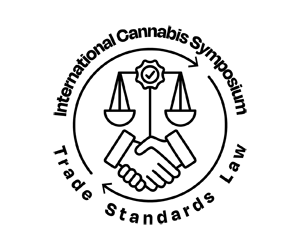Wearing a necklace of jaguar fangs and a green feather headdress, shaman Claudino Perez is back home in Colombia overseeing an ayahuasca ceremony after the mind-altering brew landed him in a Mexican jail.
Perez, 63, is one of nine people, mainly from Indigenous communities in Colombia, Peru, and Brazil, to have been arrested in Mexico since 2022 for possession of ayahuasca — classed as an illicit substance in many countries.
He spent two years awaiting trial on narcotics charges.
All nine have since been released, but their arrests have revived a debate over the ancient Amazonian concoction used by Indigenous people as a healing portal to the spirit world.
In Mexico, “you are just another criminal… they classify us as traffickers,” Perez told AFP on the sidelines of a traditional ceremony in La Mesa, 65 kilometers (40 miles) from the capital Bogota.
Perez, from the Uitoto people, was arrested in March 2022 at the Mexico City airport after drug enforcement agents found bottles of ayahuasca in his luggage.
Prosecutors sought a 25-year prison term against him.
His case was dismissed after Colombian President Gustavo Petro, who has said he tried ayahuasca, sent a team of academics to Mexico to address the court about the ancient uses of ayahuasca.
– Ritual, therapy, and trend –
Ayahuasca is extracted from an Amazonian vine, Banisteriopsis caapi, and mixed with other leaves and ingredients before being consumed in shamanic rituals.
It contains the hallucinogenic active ingredient dimethyltryptamine, or DMT, which is illegal in Mexico, the United States, Canada and some European countries.
Mexico considers it “an especially serious problem for public health.”
Perez has travelled the world with ayahuasca to treat those seeking its healing benefits. He said he has been to Mexico dozens of times for this purpose.
Scientists are increasingly interested in the therapeutic uses of psychedelic drugs to treat addiction and mental health issues.




















